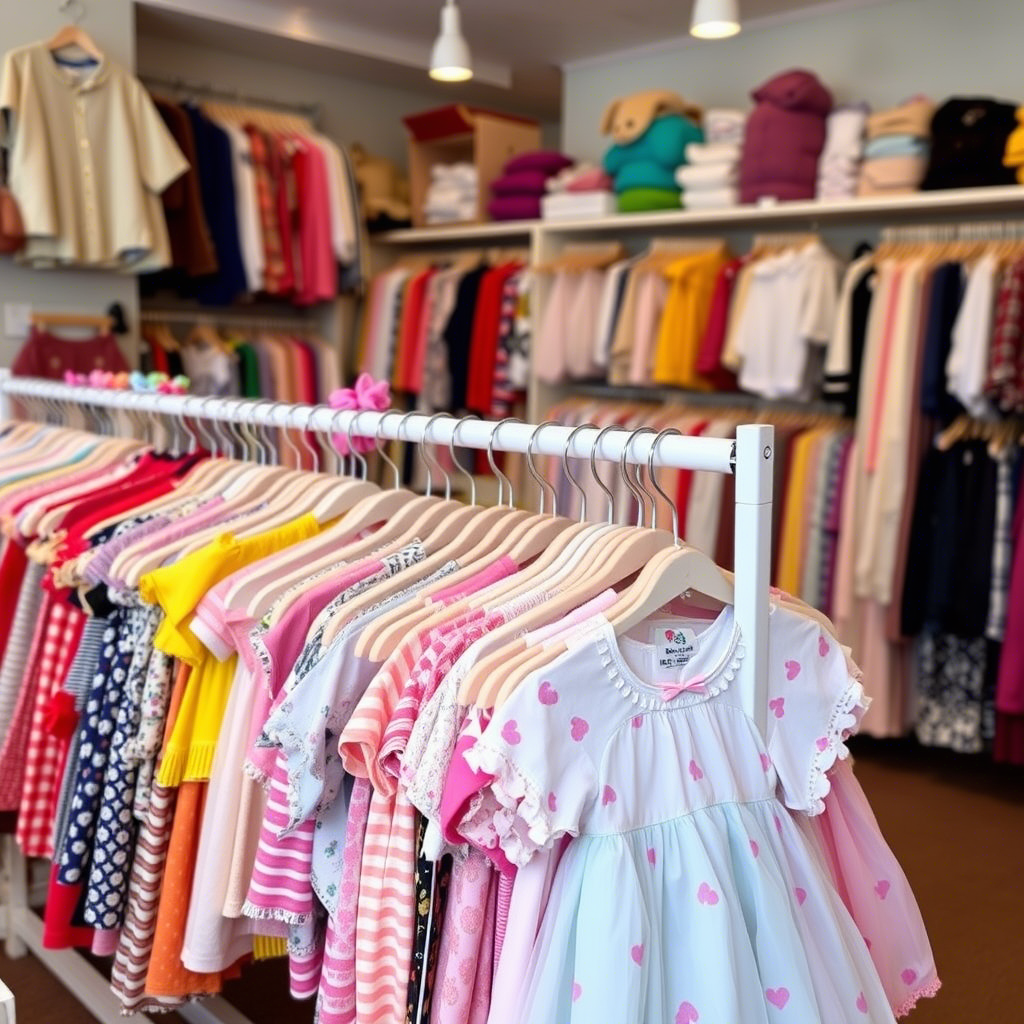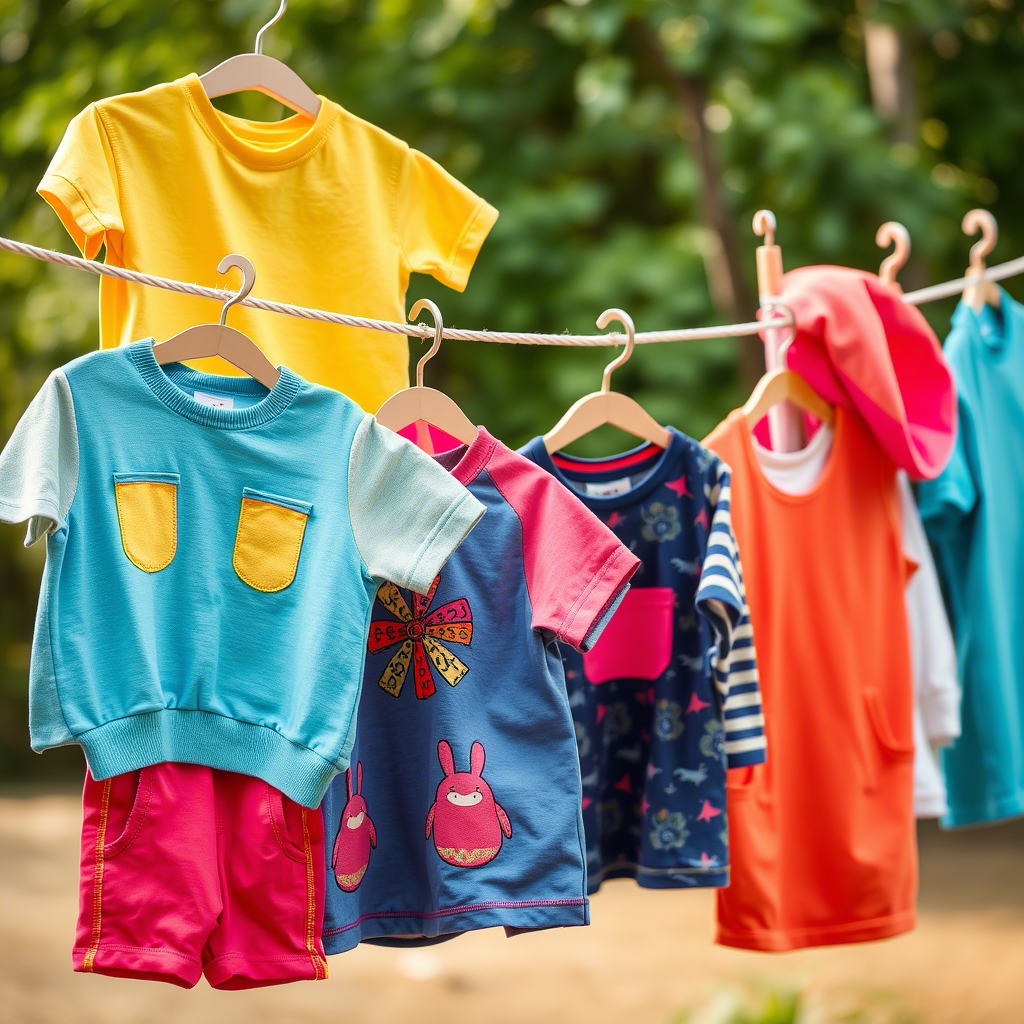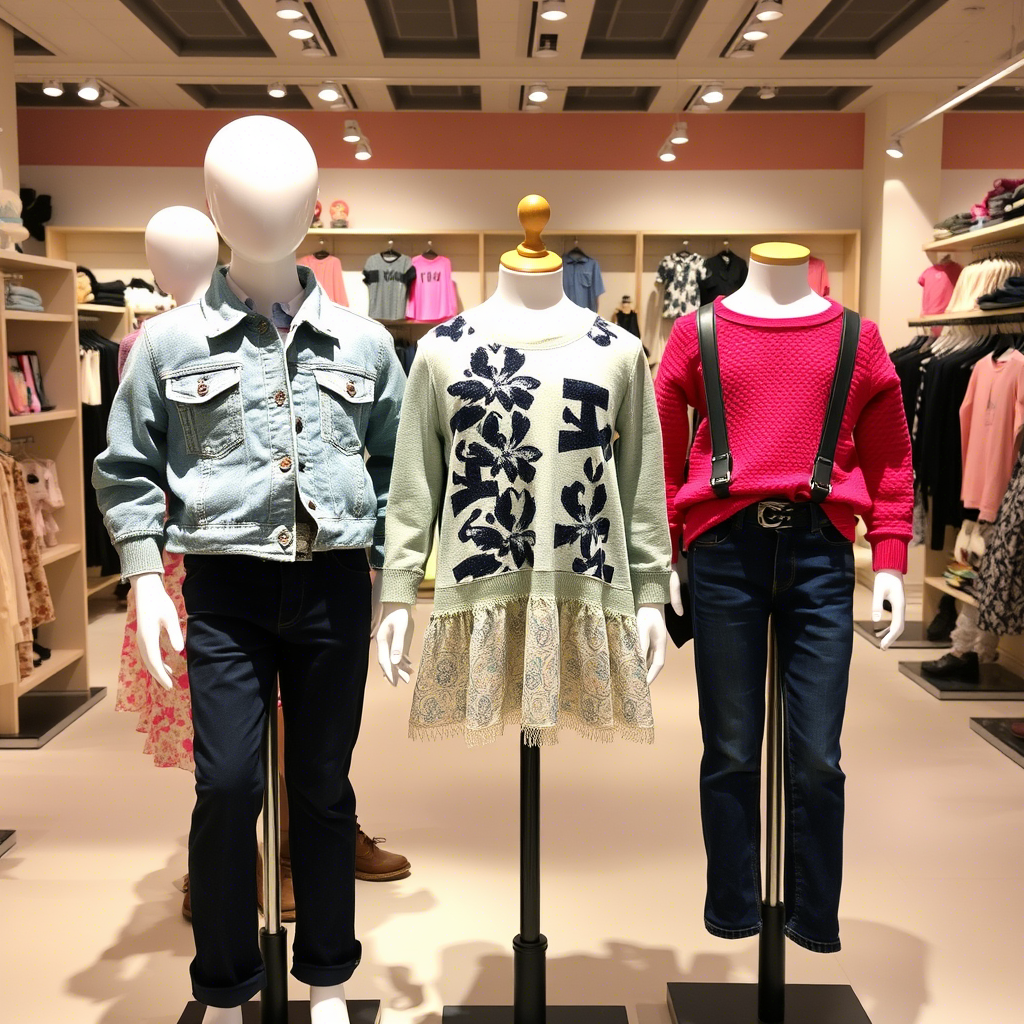Wholesale Kids Clothing and Apparel for Boutiques
Category: garmentsWholesale Kids Clothing and Apparel for Boutiques
The world of children’s fashion is a vibrant and ever-evolving industry, with boutiques playing a crucial role in offering unique and stylish clothing to young consumers. For boutique owners, sourcing high-quality wholesale kids clothing and apparel is essential to staying competitive and meeting the demands of their discerning customers. In this article, we will explore the significance of wholesale kids clothing for boutiques, discuss key considerations for sourcing, and provide actionable advice for boutique owners.
Understanding the Wholesale Kids Clothing Market
The wholesale kids clothing market is characterized by a diverse range of products, from casual wear to formal attire. To navigate this market effectively, boutique owners must understand the current trends and consumer preferences.
- The demand for sustainable and eco-friendly clothing is on the rise, driven by increasing awareness among parents about the environmental impact of their purchasing decisions.
- Online platforms have become a significant channel for wholesale transactions, offering convenience and access to a broader range of suppliers.
- Building strong relationships with reliable suppliers is crucial for ensuring a consistent supply of high-quality products.

Boutique owners can benefit from visiting trade shows and industry events to discover new suppliers and stay updated on the latest trends. For instance, a boutique specializing in boys’ formal wear might look for suppliers offering unique and stylish bow ties, such as those found at https://lezonkids.com/boys-bow/.
Key Considerations for Sourcing Wholesale Kids Clothing
When sourcing wholesale kids clothing, boutique owners must consider several key factors to ensure they are getting the best products for their customers.
- Quality and Safety: Ensuring that the clothing meets or exceeds safety standards and is made from high-quality materials is paramount. This includes checking for compliance with regulations regarding materials, construction, and labeling.
- Style and Trendiness: Staying abreast of the latest fashion trends is essential for boutiques to remain competitive. This involves regularly reviewing fashion publications, attending trade shows, and monitoring consumer behavior.
- Pricing and Profit Margins: Boutique owners need to balance the need to offer competitive pricing with the necessity of maintaining healthy profit margins. This requires careful analysis of the cost structure and market conditions.
Building a Diverse Product Range
A diverse product range is critical for attracting and retaining customers. Boutique owners should consider offering a variety of products that cater to different tastes, occasions, and age groups.
- Casual Wear: Including a range of casual wear items such as t-shirts, jeans, and dresses can help attract a broad customer base.
- Formal Wear: Offering formal wear options for special occasions can help boutiques capture a significant market share.
- Accessories: Including accessories such as hats, scarves, and bags can enhance the overall shopping experience and increase average transaction values.

For example, a boutique might consider stocking a variety of boys’ accessories, including bow ties from a reliable supplier like https://lezonkids.com/boys-bow/, to complement their clothing offerings.
Effective Inventory Management
Effective inventory management is vital for ensuring that boutiques can meet customer demand while minimizing waste and excess stock.
- Demand Forecasting: Using historical sales data and market trends to forecast demand can help boutiques make informed purchasing decisions.
- Inventory Tracking: Implementing an inventory management system can help track stock levels in real-time, reducing the risk of stockouts or overstocking.
- Supplier Relationships: Building strong relationships with suppliers can help boutiques negotiate better terms, including flexible delivery schedules and return policies.
Creating an Engaging In-Store Experience
The in-store experience plays a significant role in driving sales and customer loyalty. Boutique owners should focus on creating an engaging and welcoming environment that showcases their products effectively.
- Visual Merchandising: Using attractive displays and mannequins can help draw customers’ attention to specific products and create a visually appealing store environment.
- Product Display: Ensuring that products are displayed in a logical and accessible manner can enhance the shopping experience.

By focusing on creating an engaging in-store experience, boutiques can differentiate themselves from larger retailers and online competitors.
Conclusion
Sourcing high-quality wholesale kids clothing and apparel is a critical task for boutique owners looking to succeed in a competitive market. By understanding the wholesale kids clothing market, considering key factors when sourcing products, building a diverse product range, managing inventory effectively, and creating an engaging in-store experience, boutiques can attract and retain customers, drive sales, and maintain a competitive edge. By implementing these strategies, boutique owners can ensure their businesses thrive in the dynamic world of children’s fashion.